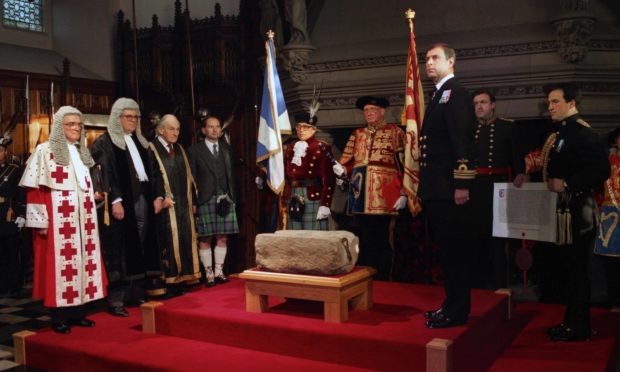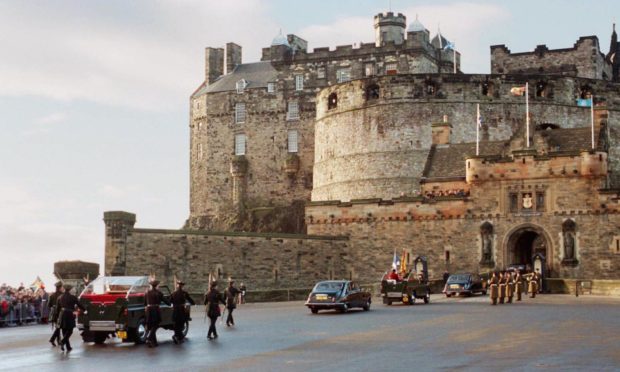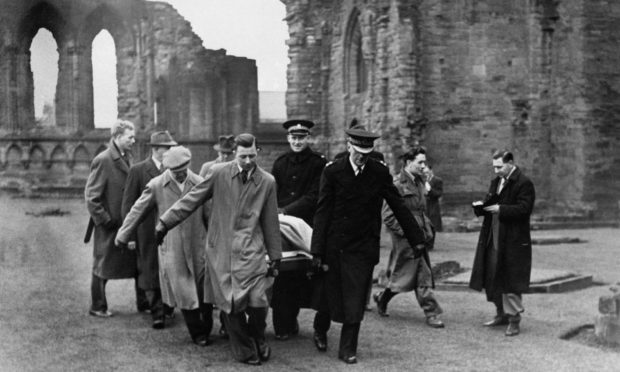Next summer will mark the 25th anniversary of the return of the ancient Stone of Destiny to Edinburgh Castle, but that wasn’t always intended to be the stone’s final destination.
In newly released Cabinet papers from 1996, it has emerged that several other locations were seriously considered as a home for the stone.
Documents, published by the National Archives, show that Stirling Castle, Arbroath Abbey, Dunfermline Abbey and the National Museum of Scotland were all in the running.
But the “nearest rival” to the Crown Room in Edinburgh Castle was Scone in Perthshire, where ancient Scottish kings were crowned.
The stone was taken from Scone to London in the 13th Century by Edward I, also known as the “Hammer of the Scots”.
In 1296 it was placed beneath the Coronation Chair of Westminster Abbey and there it remained for several hundred years, until a group of Scottish students removed it in the 1950s.
After a frantic search, police eventually recovered the stone from Arbroath Abbey and returned it to Westminster.
Cabinet papers
As the 700th anniversary of its removal approached, John Major‘s government took the decision, in 1996, to relocate the artefact to Scotland.
Cabinet papers from the period, released on December 30, reveal the internal debate on where to house the stone.
The then-Scottish Secretary, Michael Forsyth, ruled out the National Museum, saying “it would be wrong to consign the stone to a museum when it has a key part to play in future coronations”.
He said it was “understandable” that many wanted it to return to Scone, but warned a suitable display site would not be ready in time for the 700th anniversary.
The Cabinet eventually settled on the Crown Room due its prominent location, history and security.
Royal suggestion
The papers also reveal that Mr Forsyth was keen on a senior royal being in Edinburgh on the day of the stone’s return.
In a letter to the prime minister, he said: “It will be extremely important that a senior member of the Royal Family is present in order to mark the fact that the stone is being returned to Scotland.
“I hope that you will feel able to recommend to the Queen that the Prince of Wales’ participation would be both particularly appropriate and warmly appreciated in Scotland.
“If he were unavailable, the Princess Royal would be very welcome.”
As it was, Prince Andrew attended the ceremony on the day.


